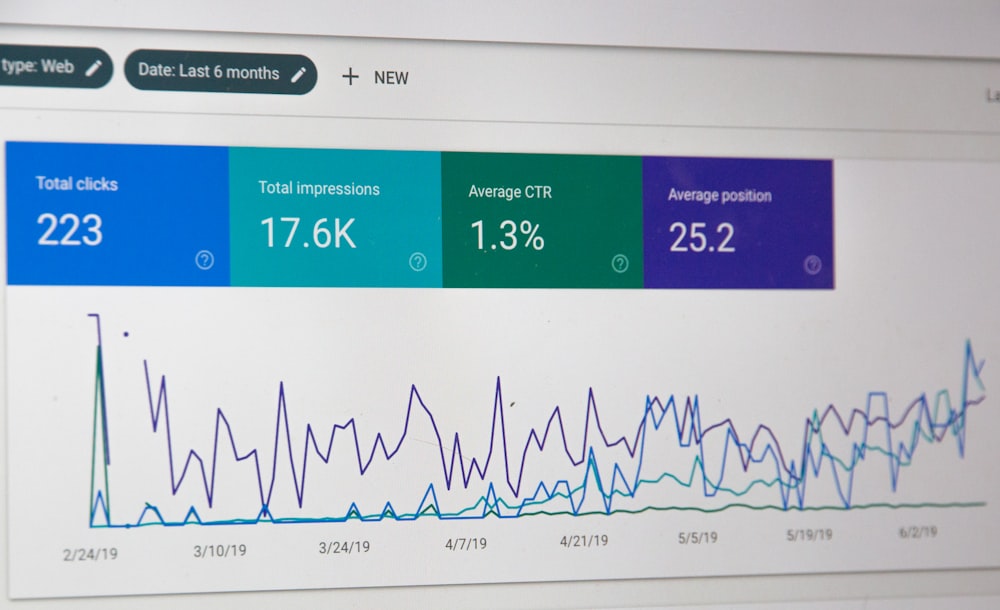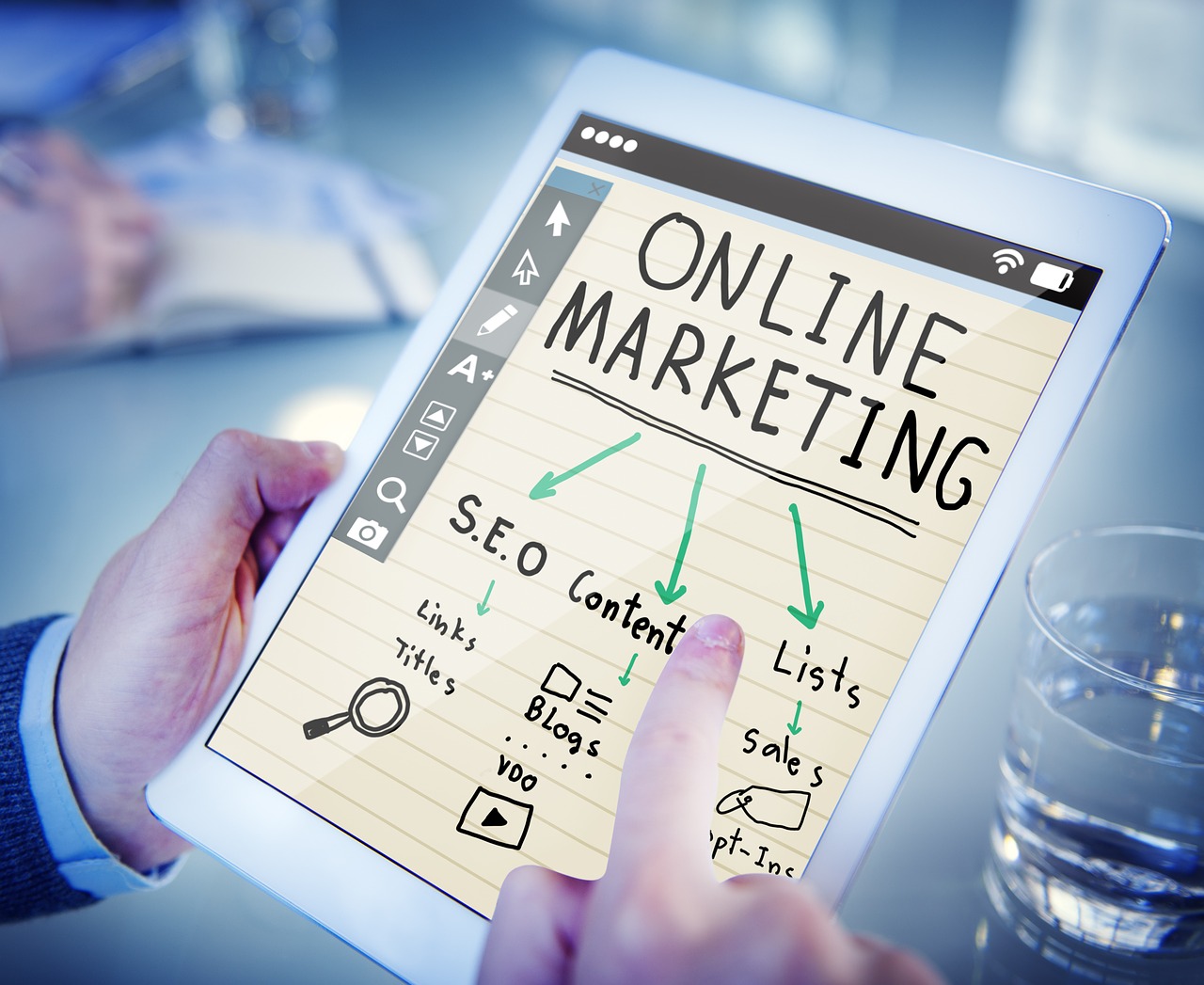There is a multitude of marketing advice available. However, buried beneath the masses of views and ideas are gems of marketing treasure waiting to be implemented.
Product, pricing, place, promotion, people, positioning, processes, physical evidence, and performance are the 9 Ps of marketing. You can absolutely take your marketing plan to the next level if you can get them all to function together.
We’ll teach you how in this article. So, keep reading.
What is a Marketing Mix?
A marketing mix is a comprehensive approach to marketing. It’s a framework for approaching your product or service’s marketing plan. It also focuses on your target market.
It allows you to connect with your customers. It also directs activity throughout your company’s numerous departments. You can reach company goals by combining diverse aspects in an efficient marketing mix.
The 4 Ps of marketing – product, price, location, and promotion – were the original marketing mix. People, process, performance, packaging and positioning have since been added to the mix, resulting in the popular 9 Ps. These nine Ps are increasingly useful in today’s marketing.
What are The 9 Ps of Marketing?
1. Product
This is the product you’re selling. Products include both tangible and intangible goods and services that you provide. Your product can become a marketing tool in and of itself if done correctly. It has the potential to turn customers into brand ambassadors.
Consider how Apple’s distinctive designs helped people become brand evangelists. The white earbuds, the logo facing outwards, and also the iPhone camera style are all examples of this.
Or how, in just two years, Hotmail grew to over 12 million subscribers by using branded email signatures to attract new members. This is something that marketing services may help with as well.
To begin, imagine yourself as an outside marketing expert hired to help your company evaluate whether or not it is in the proper business at this time. Ask yourself, “Is your existing product or service, or a combination of products and services, adequate and suited for today’s market and customers?”
If you’re having trouble selling as many of your products or services as you’d like, make it a practice to evaluate your business honestly and ask yourself, “Are these the proper items or services for our clients today?”
2. Price
One of the most crucial aspects to pinpoint is your pricing policies. The price you pick for your goods or service has repercussions. Your pricing methods have an impact on profits. It can help you figure out who your potential consumers are. It can also have an impact on consumer satisfaction.
It’s particularly the case in competitive markets where promotion strategy is driven by penetration pricing. And that is where startups undersell competition in order to gain market share and penetrate the industry, resulting in a death spiral.
You’ll need to do a lot of research on your target market. Cost-based pricing needs to take into account all of the costs, including labor and resources. But then don’t forget to consider demand and prices from opponents.
It will assist you in determining a price strategy that will highlight the benefits of your product. If you set your price too low, it will have an adverse effect on your brand. If you charge too much, your potential consumer may dismiss you.

Make it a habit to review and reevaluate the prices of the items and services you sell on a regular basis to ensure that they are still appropriate for the current market. You may need to reduce your prices occasionally. It may be necessary to raise your prices at other times.
Many businesses have recognized that the profit margins on certain products or services do not justify the time and resources spent developing them. They may lose a percentage of their clients as a result of raising their pricing, but the remaining percentage makes a profit on every sale.
Special offers and special promotions can sometimes be combined with products and services. You can sometimes incorporate complimentary extra goods that cost you very little to prepare but make your rates appear much more appealing to your customers.
3. Place
Your product or service’s place refers to where it is purchased, sold, and used. Depending on the industry, this can be rather diverse. Whether it’s a physical store or an internet store. Alternatively, a product or service.
The significance of consistency cannot be overstated. In an ideal world, the customer experience will be consistent across all channels.
Promotional channels can also be referred to as “place.” Identifying your target audience is one of the most critical aspects of a marketing strategy.
This will assist you in determining where to publicize your product. A smart marketing plan will concentrate on the channels through which your target audience spends the majority of their time.
Make it a habit to examine and reflect on the specific place where the customer first encounters the seller. A shift in location can sometimes result in a significant rise in sales. Your product can be sold in a variety of locations. Direct selling is when a company sends its salespeople out to meet and engage with potential customers. Telemarketing is used by some companies to increase their revenues.
4. Promotion
In a nutshell, promotion refers to everything you do to entice customers to purchase your product or service. Direct marketing, traditional advertising, and other methods can be used.
Integrated marketing communications is one of the most successful strategies to promote. Also known as holistic marketing, it implies that your message is consistent across all owned, acquired, and sponsored media channels.
A strong message across all platforms will broaden your reach and keep you top of mind. A digital marketing strategy built on a genuine value will help you keep your message constant at scale. As a result, your brand gains trust and good expectations.

Small adjustments in the way you market and sell your items can have a big effect on the business. Even minor modifications in your advertising can result in an immediate increase in sales.
Businesses in every area are constantly experimenting with new ways to market, promote, and sell their goods and services. Whatever approach of marketing and sales you’re employing today will eventually fail, forcing you to create new sales, marketing, and advertising approaches, services, and strategies.
5. People
The perception of your marketing team as well as anyone else in charge of your marketing has a significant impact on your marketing efforts. It will pervade and be seen in all they do.
Understanding your target market is the first step in developing a marketing strategy. It’s critical to know your target market and establish detailed buyer profiles. This will enable you to talk directly to your target market’s diverse requirements, ambitions, and impediments with clarity and purpose.

Develop a pattern of thinking about the people inside and outside your company who are in charge of all aspects of your sales, marketing, and operations. It’s surprising how many entrepreneurs and businesspeople will work incredibly hard to analyze every aspect of the marketing strategy and marketing mix, only to overlook the fact that each strategy and policy must be implemented by a specific person, in a certain manner.
More important than anything else is your ability to select, acquire, hire, and retain the right individuals with the talents and abilities to accomplish the job you need to do.
6. Positioning
This positioning is what allows you to highlight your offer’s unique characteristics. It also aids in the planning of your public relations strategy. How you’ll communicate with current and potential customers, the rest of your marketing mix, as well as your competitive environment, will have a direct impact on your positioning.
Consider what you have to offer and to whom you are offering it. Who are they, what do they want, and how can you assist them in achieving their goals? Creating a product mix that caters to multiple markets might be beneficial. However, it will take time to grow, and you will need to be very strategic.
You don’t want to tarnish your brand by appealing to the masses. Luxury brands find it challenging to preserve their reputation when they sell low-cost products.
You should develop the habit of thinking continually about how you are positioned in the hearts and minds of your customers. How do people think and talk about you when you’re not present? How do people think and talk about your company? What positioning do you have in your market, in terms of the specific words people use when they describe you and your offerings to others?
You should make it a habit to think about where you stand in the hearts and thoughts of your clients. When you’re not around, what do others think and say about you? What are people’s perceptions of your company and how do they talk about it? What positioning do you have in your market?
7. Processes
This refers to the way in which your business provides items and services to customers. In other words, the quality of your customer service. It also has an impact on your planned marketing and campaign operations, which include your promotional activities.
Both products and services need thorough processes. Processes that are well-designed provide a considerable competitive edge. Fortunately, there is a widespread digital integration where there are technologies that aid in the creation of sales funnels, retargeting campaigns, and checkout processes.
When you combine detailed and streamlined processes with high customer service standards, you have a successful strategy. Processes can also assist your team to become more aligned by establishing fair and uniform key performance metrics. You have the ability to establish clear expectations and of course, it helps save you the time in training new hires.
8. Physical Evidence
Physical evidence includes elements that demonstrate your brand’s existence and show that a sale happened.
For instance, an actual store or office for your business, a website, and printed business cards that you share when meeting people are all examples of proof to show your brand exists. Physical or digital receipts, invoices, or follow-up email newsletters can all be used as proof of purchase.
All of the elements your customer sees, hears, and sometimes even smells in relation to your product or service must be considered in your marketing mix.
It, of course, includes packaging and branding, and it should also incorporate how products are displayed in shops, where they are positioned, and in what context they are placed, as well as digital placement, such as on your website and social media.
9. Performance
Marketing success can be measured not only in terms of financial returns but also in terms of reputational achievements. Through marketing programs, companies are increasingly pushing topics that their prospects care about.

The main aim is to strengthen bonds amongst people who share common interests and values. These are frequently environmental and social causes that are popular at the time.
Wrapping Up
Any type of business or organization can use the 9 Ps of marketing as a framework. It’s incredibly effective because it can be used for a wide range of products and services. Evaluate what your company requires to get your word out in the most efficient way.



